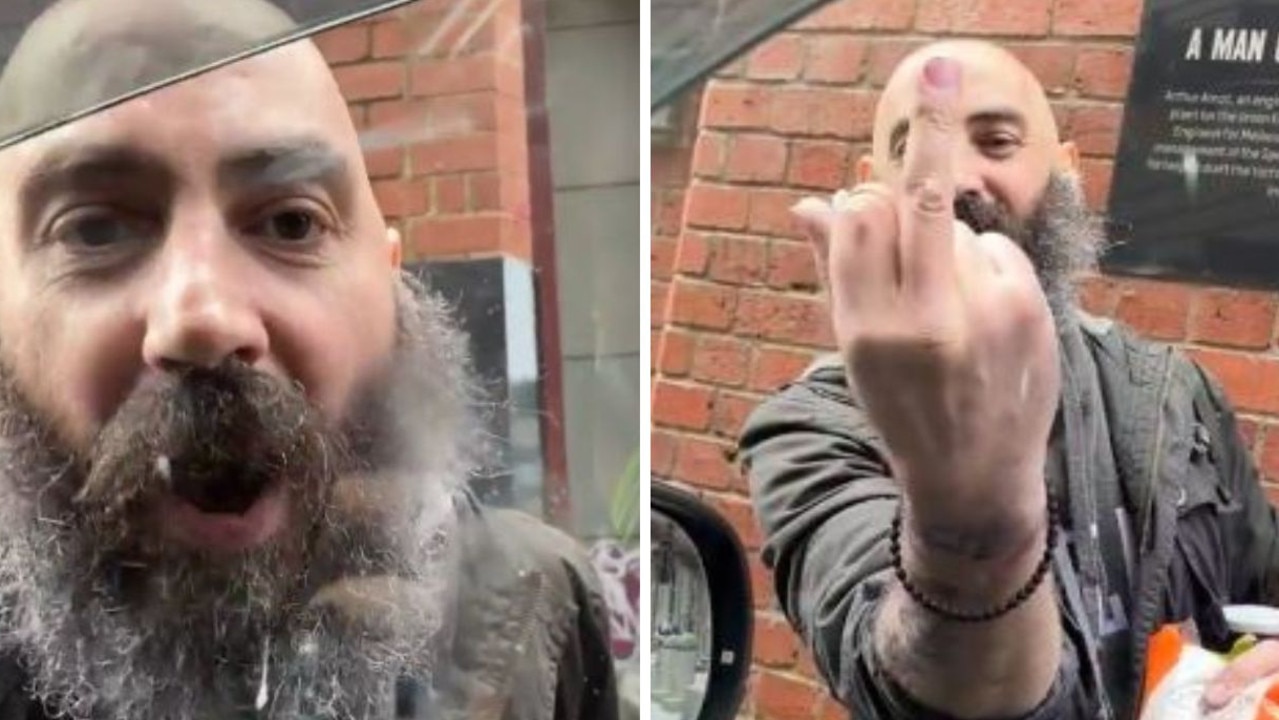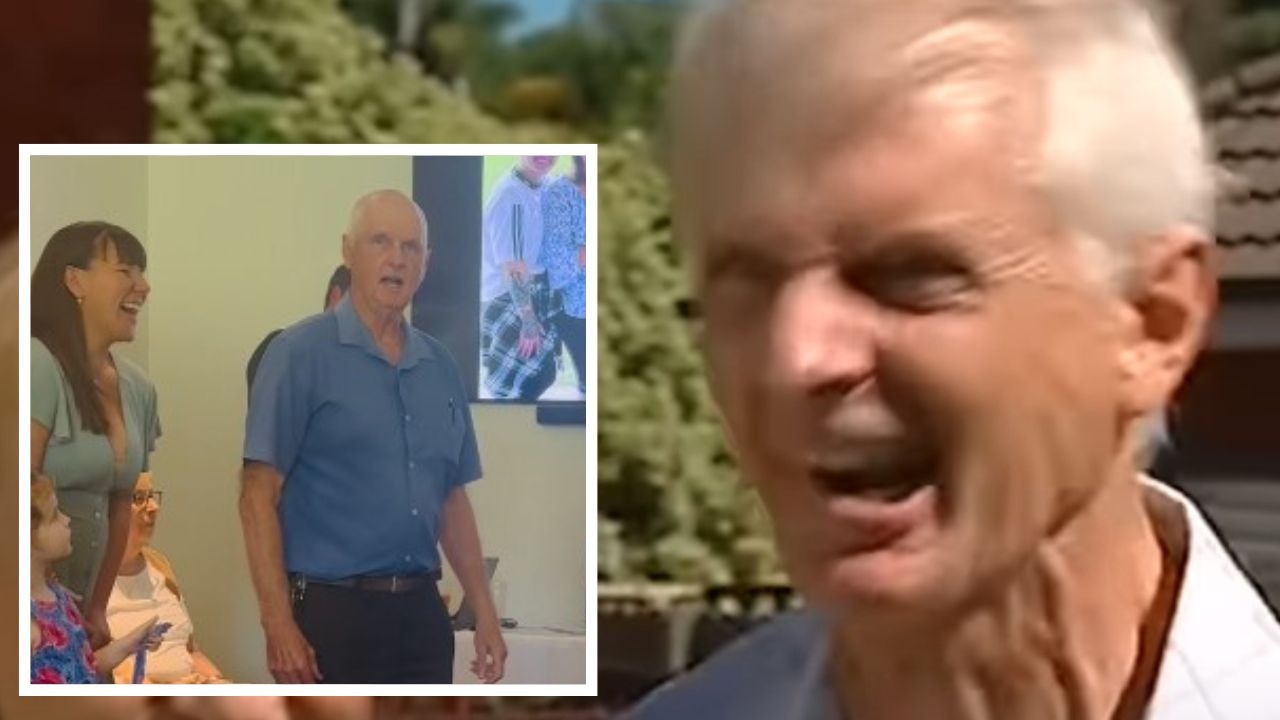Viral image exposes preventable crisis gripping city once considered paradise
It’s one of this city’s busiest roads, linking the CBD to a popular tourist precinct via a historic bridge. It’s also someone’s home – and a sign of a worsening crisis.
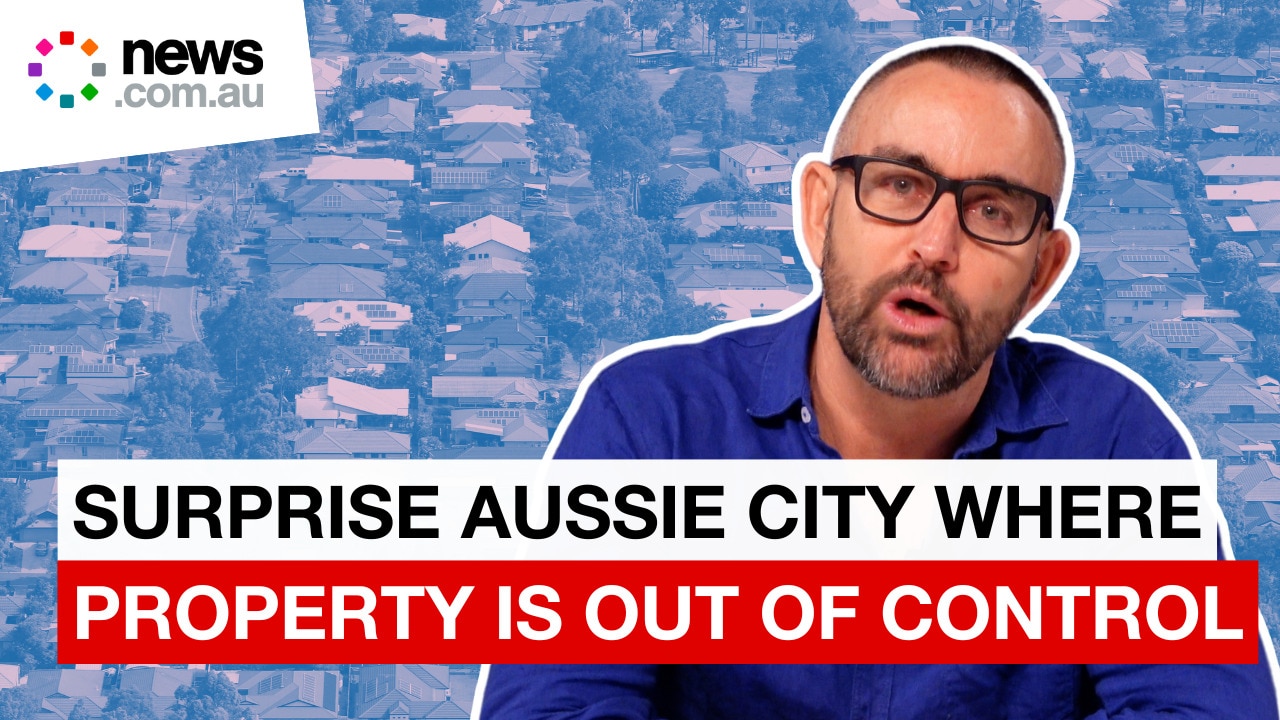
It’s a place renowned for its perfect climate and laid-back nature, but right across Brisbane, tent cities are popping up in parks, beneath bridges, and along footpaths.
And as a viral post on social media illustrates, the problem is now impossible to ignore.
A user took to Reddit on Monday night to share a series of images of people sleeping rough, including one man who’s made camp next to the busy William Jolly Bridge on the fringe of the CBD, connecting the Roma Street precinct to the popular tourist precinct South Bank.
“This is so sad to witness, and it’s increasing,” they wrote.
What’s even sadder is the fact that homelessness is entirely preventible, experts say, and taking action would even save governments money.
Brisbane has changed forever
Not too long ago, people from southern states moved north after realising they could get much, much more bang for their housing buck than in Sydney or Melbourne.
Those days are long gone.
The current median house price in Brisbane is a whopping $970,000 – almost $70,000 higher than in Melbourne – and the unit median is $670,000.
At a national level, home prices have lifted by 5.71 per cent in the past year, but values in Brisbane have surged by 12.5 per cent in that time.
Analysis by data house PropTrack reveals that Queenslanders on a median income could afford to purchase just 15 per cent of the homes that were sold across the state in 2023-24.

MORE:‘Stretch’: Experts slam broke Aussies
Meanwhile, dwindling rental supply has collided with unprecedented demand over recent years, pushing prices sky high.
Right now, the average asking rent for a house is $724 per week, which has grown by about 10 per cent per year for the past three years, while the average weekly asking price for a unit rental is $577, up 13.6 per cent per annum over the past three years.
Rent prices remained broadly stable in the decade to 2020, before taking off from 2021 onwards.
Social services groups warn the rental crisis is so severe that essential works are increasingly unable to afford to live in the areas where they work.
Devastating rent crisis
Anglicare Australia last month released its latest Rental Affordability Snapshot, analysing more than 45,100 for-lease listings across the country.
Using the measure of affordability, being dwelling costs of less than 30 per cent of a household’s income, it found teachers, nurses, ambulance officers and aged care workers would struggle to live without breaking the bank.
A staggering 3.7 per cent of rentals were affordable for teachers, 2.2 per cent for ambos, 1.5 per cent for aged care staff, 1.4 per cent for nurses, 0.9 per cent for early childcare educators, and 0.8 per cent for hospitality workers.
MORE:Surprise rates call creates trap for home buyers
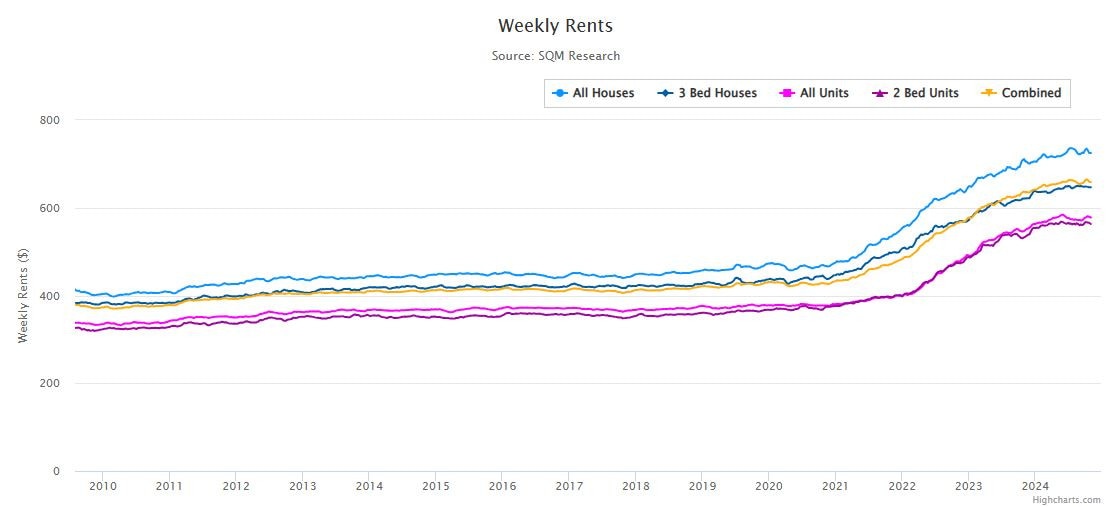
MORE:Why the RBA must cut interest rates
Professor Nicky Morrison, an expert in planning and director of the Urban Transformations Research Centre at Western Sydney University, described the findings as “unsustainable”.
“Essential workers such as teachers, health workers and community safety staff play a vital role in ensuring our society works well,” Professor Morrison wrote in analysis for The Conversation.
“Yet soaring housing costs in cities like Sydney, Melbourne and Brisbane are squeezing essential workers out of their communities.
“This trend is creating unsustainable patterns of urban sprawl and long commutes. It erodes workers’ quality of life. It also undermines public service delivery by making it harder to recruit and retain these workers in high-cost areas.”
All cohorts are struggling
The consequences of ever-higher prices and a critical shortage of available rentals, alongside intense competition, has pushed countless Queenslanders to the brink.
Data from the Queensland Council of Social Services reveals people in need of urgent help spend an average of two-and-a-half years on the social housing register.
About a third of those are households with children.
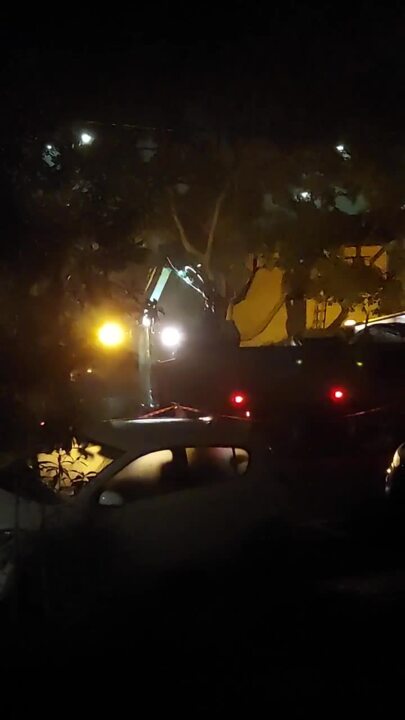
“This data highlights what our services are telling us on the ground,” QCOSS chief executive Aimee McVeigh said. “More and more families with children are struggling to make ends meet and paying the rent has become an expense people cannot afford.”
Research by the organisation has found the housing crisis is forcing parents to skip meals, feed their kids cheaper and less healthy food, and not send their children to extra-curricular activities or on school excursions and camps.
“Sadly, this has become the norm for more and more families,” Ms McVeigh said.
“We are now seeing a generation of children growing up in poverty through no fault of their parents. They simply cannot afford to pay for necessities such as food, electricity, fuel and rent.”
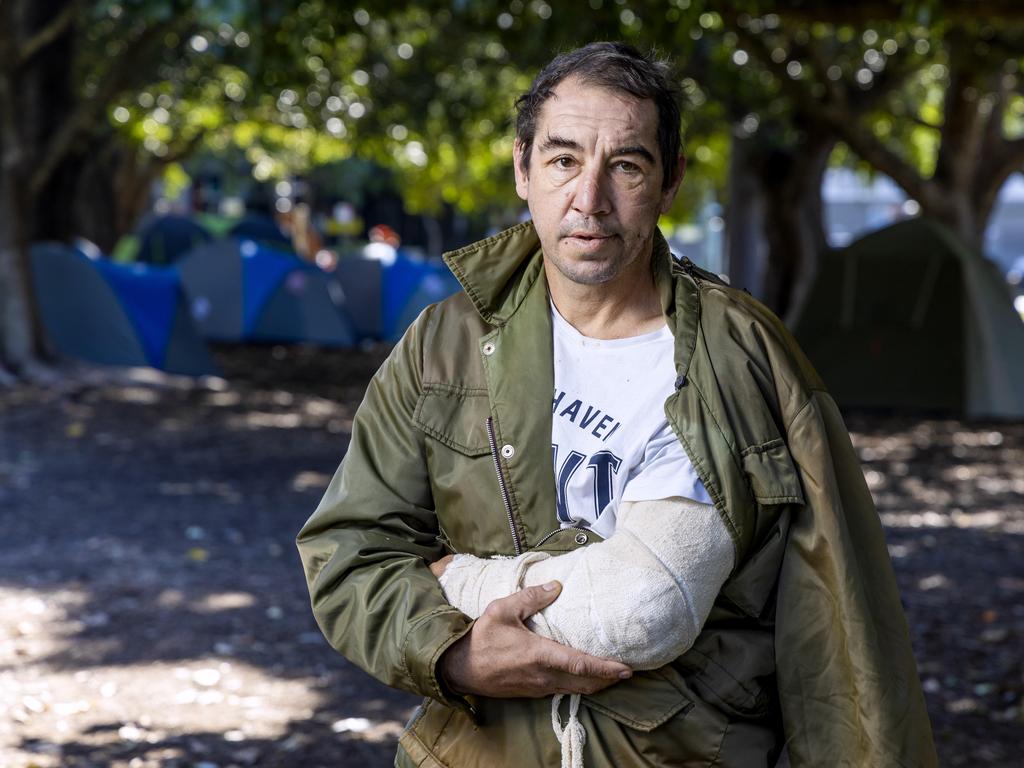

Modelling shows a single working parent’s household budget is more than $150 in deficit each week.
Act for Kids chief executive officer Katrina Lines said the emotional and social consequences of the housing and cost-of-living crises aren’t being discussed.
“The cost-of-living crisis has caused prolonged strain on families, not just financially, but emotionally,” Dr Lines said.
“Frontline services like ours are seeing this stress manifest in violence and abuse in the home, which vulnerable young children are being exposed to.
“If experienced over time, there may be lifelong impacts for children, including substance and mental health issues, suicidal ideation, difficulties in forming and maintaining healthy relationships, unemployment, and various social disadvantages.
“The emotional cost of this crisis will be felt by Queenslanders for years to come.”
More and more tent camps
In the comments on the Reddit post, locals shared their own observations about the extent of the crisis gripping the city, including one who met a woman living in her car.
“She is a barmaid and gets 24 hours a week. It is not enough to pay rent after food, clothes and paying off a past debt. She had a room with other women in a two-bedroom house but the landlord has put the rent up to $650 a week and none of them could afford a place.”
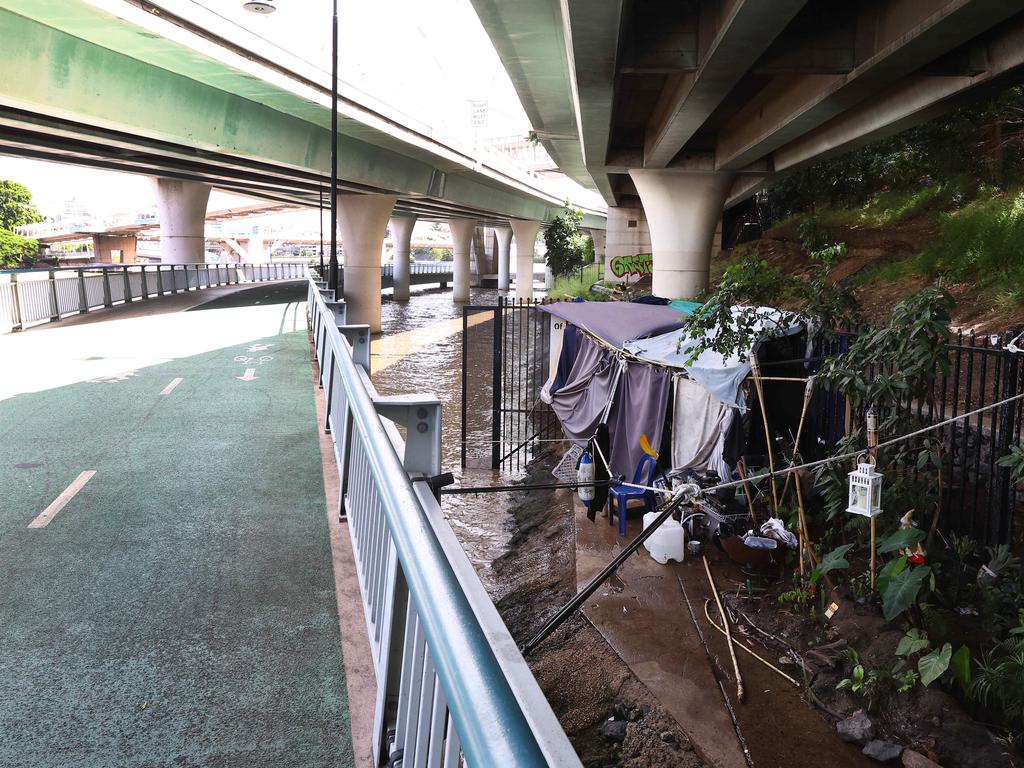
Another wrote about a growing camp in a park in Waterford, saying: “Over the past few months, the number of tents has been growing, and rent prices in the area have become shockingly high compared to only a few years ago.”
One mentioned an elderly couple living in a tent in a local park, another wrote of their shock at seeing a tent city in their outer-suburban neighbourhood, and one slammed the fact that even people with full-time work can’t afford a home.
Crisis is entirely preventable
That anyone in Australia can’t put a roof over their heads should be a source of great public shame and anger, Professor Cameron Parsell from The University of Queensland’s School of Social Science said.
Professor Parsell looks at homelessness as a mark of policy failure.
“People are homeless not because the country lacks the wealth to do better, nor because we don’t know how to end it,” he wrote for The Conversation.
“We know homelessness is the result of how we choose to organise society. This includes the choices we make about housing affordability, the extent, resourcing and accessibility of public health and human services, and the quality of connections between housing and the services and resources people need to live meaningful lives.”
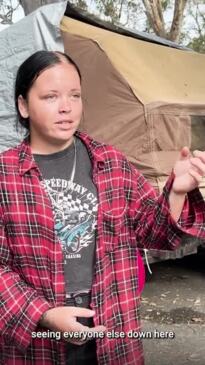
The notion that anyone chooses to be homeless is an “enduring myth” that allows those with the power to affect change to escape scrutiny for their failures, he added.
And the idea that solving the problem would be too expensive is also untrue, he said.
“It costs the state government more to keep a person chronically homeless than it costs to provide permanent supportive housing to end homelessness.
“Over a 12-month period, people who were chronically homeless used State Government-funded services that cost approximately $48,217 each.
“Over another 12-month period in which they were tenants of permanent supportive housing, the same people used government services that cost approximately $35,117.”
Professor Parsell described the cost savings as “remarkable”.
“But, on top of that, the annual average of $35,117 in services used by supportive housing tenants includes the $14,329 cost of providing the housing and support. These cost offsets are both compelling and robust.”

Aside from being the right thing to do, and saving taxpayers’ money at the same time, there are broader additional social benefits of ending homelessness.
“Our data shows that when people are tenants of supportive housing, their low-level criminal behaviour and reliance on crisis health and temporary accommodation services that characterised their lives while homeless reduces.
“For example, sustained housing, compared to being homeless for a year, was associated with a 52 per cent reduction in criminal offending, a 54 per cent reduction in being a victim of crime, and 40 per cent reduced time spent in police custody.
“Their use of short-term crisis accommodation reduced by 99 per cent [and] mental health services used declined by 65 per cent.”
Brisbane’s booming population
Over recent years, it hasn’t just been finding an affordable rental that’s a tough ask – but any available rental at all.
Put simply, hordes of people have descended on southeast Queensland and history suggests the vast majority of them were renters, at least at first.
Between 2016 and 2021, Australia’s major capitals were haemorrhaging people, with large outflows to smaller cities and regional areas.
For example, Sydney had a net population reduction of 154,800 in that five-year period, or a whopping three per cent of its resident base.
But at the same time, Brisbane bucked the trend by becoming one of the most desirable places in the country for those from interstate and overseas. In the five years to 2021, the Queensland capital’s population grew by 54,400, or 2.2 per cent.

Looking at the tail end of that period and the two years that followed shows a dramatic acceleration in Brisbane’s growth.
In 2020-21, Brisbane added 21,870 people to its headcount, marking a 0.9 per cent increase on the previous year. In 2021-22, its population grew by 2.1 per cent, or 59,200 people and then in the following year, it leapt by 81,200 people – an increase of 3.1 per cent.
That 2022-23 surge marked the city’s highest growth rate since 1982.
About 2700 people move to Queensland each week from other parts of the country and internationally, with most settling in the southeast corner.
Brisbane’s current total population of 2.62 million is forecast to rise to 3.04 million by 2032.
Extreme demand coupled with low supply has seen the local housing market boom, with home values soaring by 66.9 per cent since the onset of the Covid pandemic.
Professor Hal Pawson, a researcher at UNSW Sydney and associate director of the City Futures Research Centre, said Queensland is at the centre of a housing storm.
While a big part of the problem is the Covid-induced home price boom and rental supply shortage, Professor Pawson said the major drivers of the crisis “have been building for decades”.
“Perhaps the most important of these have been the ongoing fall in home ownership rates, especially among younger adults, and our increasingly inadequate social housing system,” he wrote in analysis for The Conversation.





